Special air quality statements are in place across Canada, from British Columbia to New Brunswick, as hundreds of wildfires burn throughout much of Western Canada.

Many of the wildfires are burning in British Columbia, Manitoba, Saskatchewan and Ontario, triggering evacuation orders in several towns and jurisdictions. Environment Canada has sent out special air quality advisories in each province.
But the smoke from those fires is drifting thousands of kilometres away from where they’re happening, causing hazy skies and poor air conditions in many places.

“I’ve never seen them extend from B.C. all the way to New Brunswick,” Global News chief meteorologist Anthony Farnell said of the advisories. “It’s just a sign of how many fires there are in different locations bringing in smoke.”
Their size and reach are so substantial that they can be captured in satellite images from space. In graphic images provided by the National Oceanic and Atmospheric Administration (NOAA), like the one above, smoke can be seen drifting across parts of Ontario and as fires become increasingly more intense.
Health concerns
The air advisories from Environment Canada warn of high levels of air pollution due to the smoke.
“Elevated particulate matter levels and hazy conditions have been reported at several stations,” one of the advisories for Ontario read. “Reduced visibilities and deteriorating air quality are possible if the smoke descends to ground level.”
Wildfire smoke is a constantly-changing mixture of particles and gases which includes many chemicals that can be harmful to your health.
Inhaling too much smoke could lead to increased coughing, throat irritation, headaches or shortness of breath. Environment Canada said children, seniors, and anyone with cardiovascular or lung disease such as asthma, are “especially at risk.”

Environment Canada said conditions are expected to improve later on Tuesday with the passage of a cold front, but urged anyone exposed to wildfire smoke to consider taking “extra precautions” to reduce their exposure.

Get daily National news
Many Canadians have taken to social media in the past few days to share photos and videos of grey skies and fog in places such as Montreal and Ontario. Some of the images show a red moon clouded by the smoke.
Climate change a factor
Farnell said this summer’s unusually dry and hot season has led to an increase in lightning that becomes so intense it produces its own thunderstorms.
“Huge rainfall deficits from the beginning of the year, with recent heat and now also a pattern that has brought a lot of lightning strikes so far in July,” he said. “It’s lightning that has sparked the vast majority of these forest fires over the forest.”
According to Farnell, the heat from the fires then produces its own clouds, called pyro cumulus clouds, creating a thunderstorm. Storms formed over hot spots can create clusters of new fires as far as 100 kilometres away from a main fire, he added.
“It’s weather creating more weather,” Farnell said.
Climate change also has a role to play in these fires, experts say.
Farnell said the hotter temperatures lead to more drought conditions, which in turn can lead to these bigger fires.
“Another factor what people don’t think of as often is that the more we put out these fires, we’re not letting nature run its course. There’s just more dry timber, more dry forest and disease to forests that are left unburned,” he said.
“So when you do get a lot of lightning strikes like we’ve had recently, these fires are just going to go out of control all at once because there haven’t been as many fires in past years.”

John Bateman, a meteorologist at NOAA, echoed Farnell’s statements.
Sometimes, Bateman said the smoke can be so high up that it doesn’t impact air quality closer to the ground, but it will still interfere with visibility, which will look like “milky, hazy skies” and vivid sunrises and sunsets.
“As the sun sets and rises over the hazy sunshine over the smoke, it can cause the sunlight to bend and refract,” he said. “And that’s what causes the more vivid reds and oranges of a sunset and sunrise.”
Bateman said some of the smoke from the wildfires could also be attributed to wildfires ongoing in the U.S. mixing together and travelling farther eastward.
In an emailed statement to Global News, the administration said severe or extreme weather can be caused or intensified by climate change, but other factors play a role too.
“The ingredients that create all weather events remain the same, but a changing climate can affect one or more of those ingredients, so that it occurs more often or less often — or more intensely or less intensely — over time,” the statement read.
As an example, the administration said that sometimes prolonged heat waves or flooding rainfall are made more likely by a warmer world, while other times they are driven by natural climate variability.
“Sorting this out takes time and careful research to identify patterns of climate change influencing specific weather events,” the NOAA said.
But “an easy way to think of it is: Climate is what you expect; weather is what you get.”



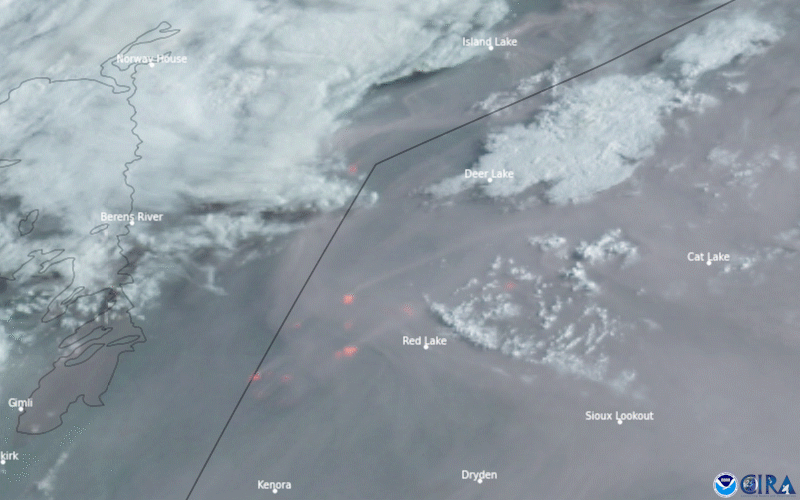
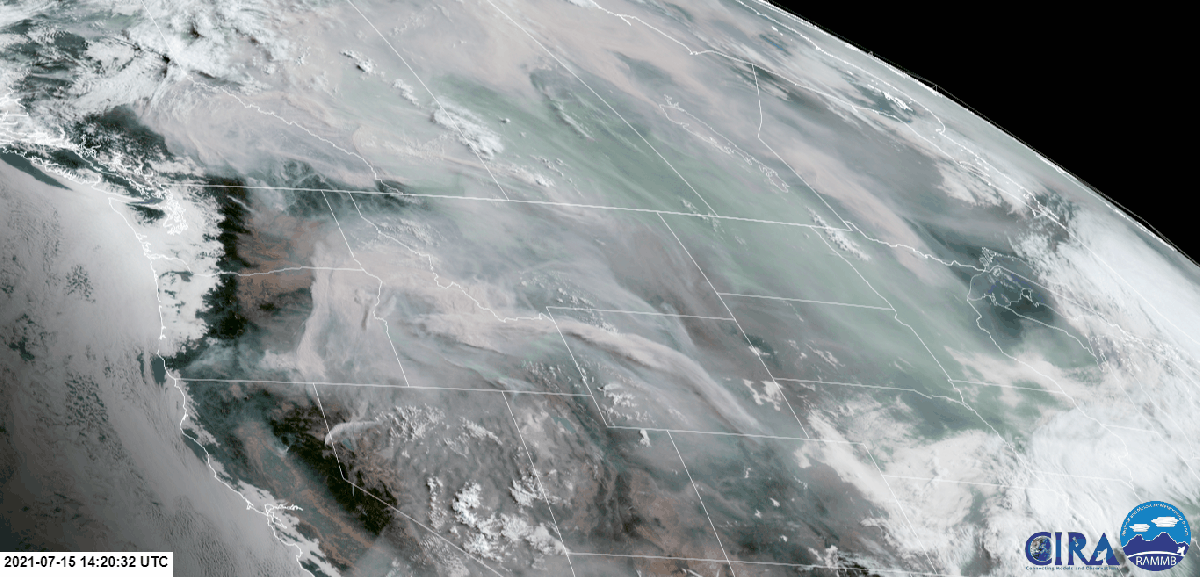
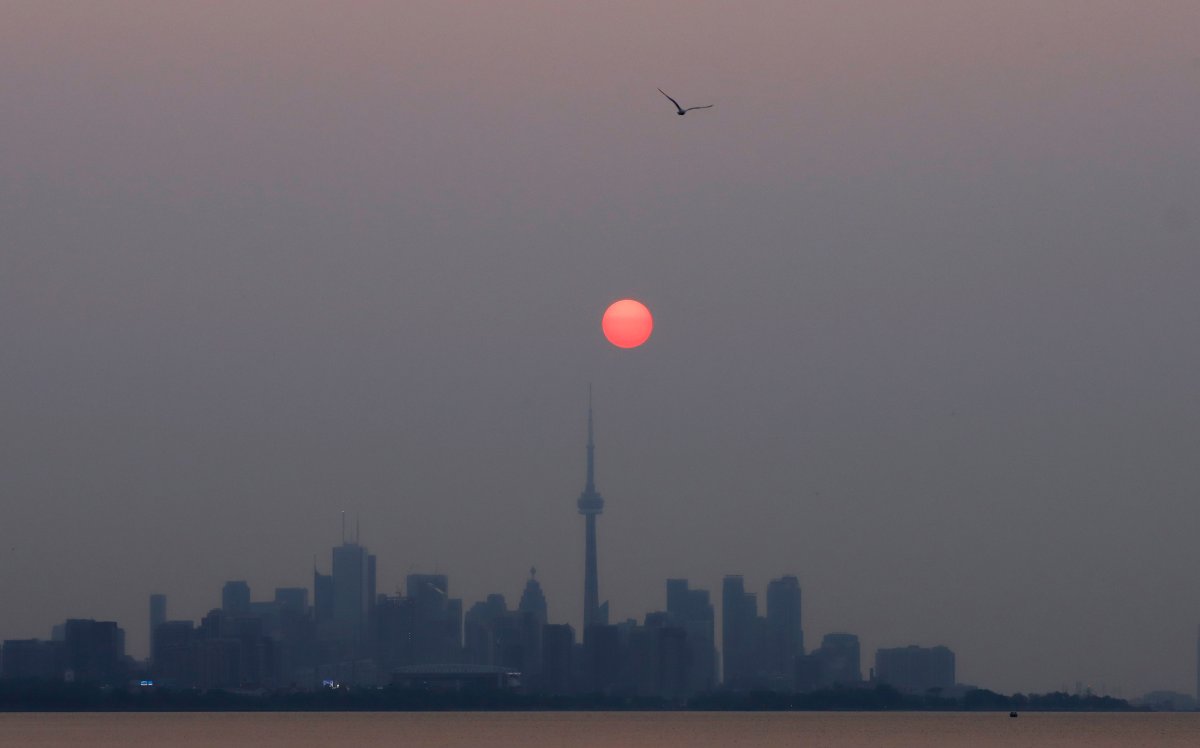






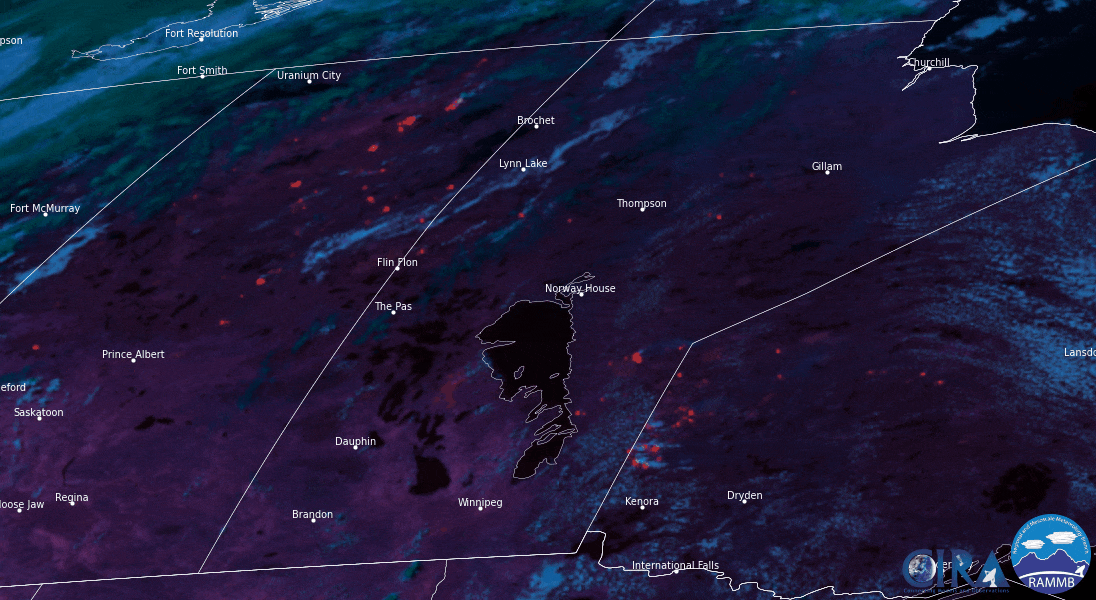
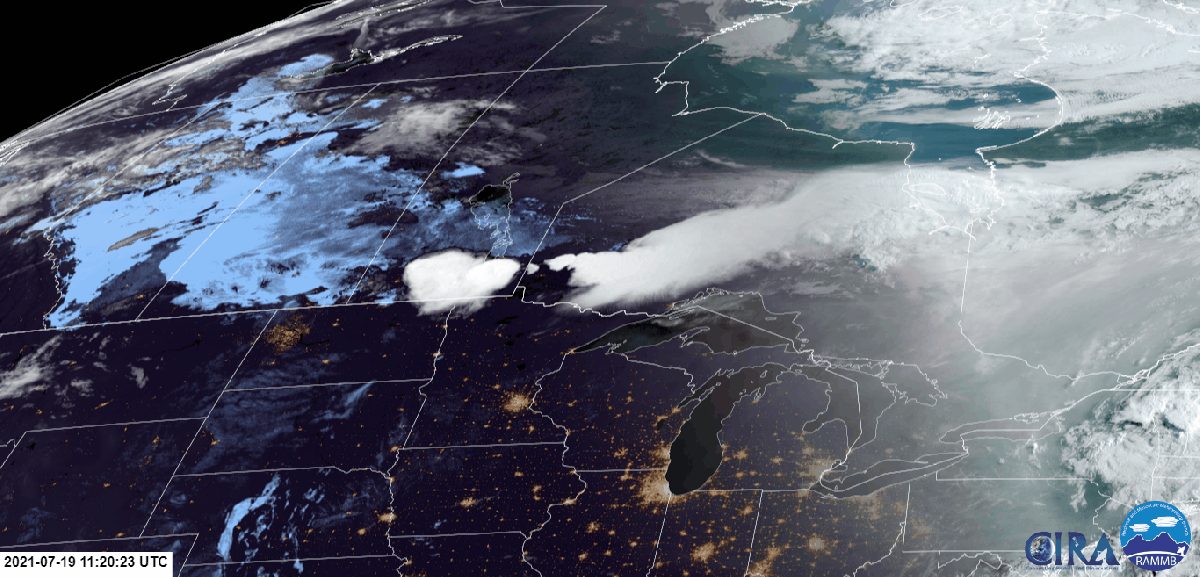
Comments